Jim Costa doesn't have an address that you can find on google maps, but tucked back in the woods next to the Greenbrier River in West Virginia, he has amassed an amazing collection of Appalachian life that's as good as any museum collection you'll see. Banjo builder Pete Ross and I went there to pick up two antique banjos made by Baltimorean William Boucher, Jr. for an upcoming exhibit at the Baltimore Museum of Industry. 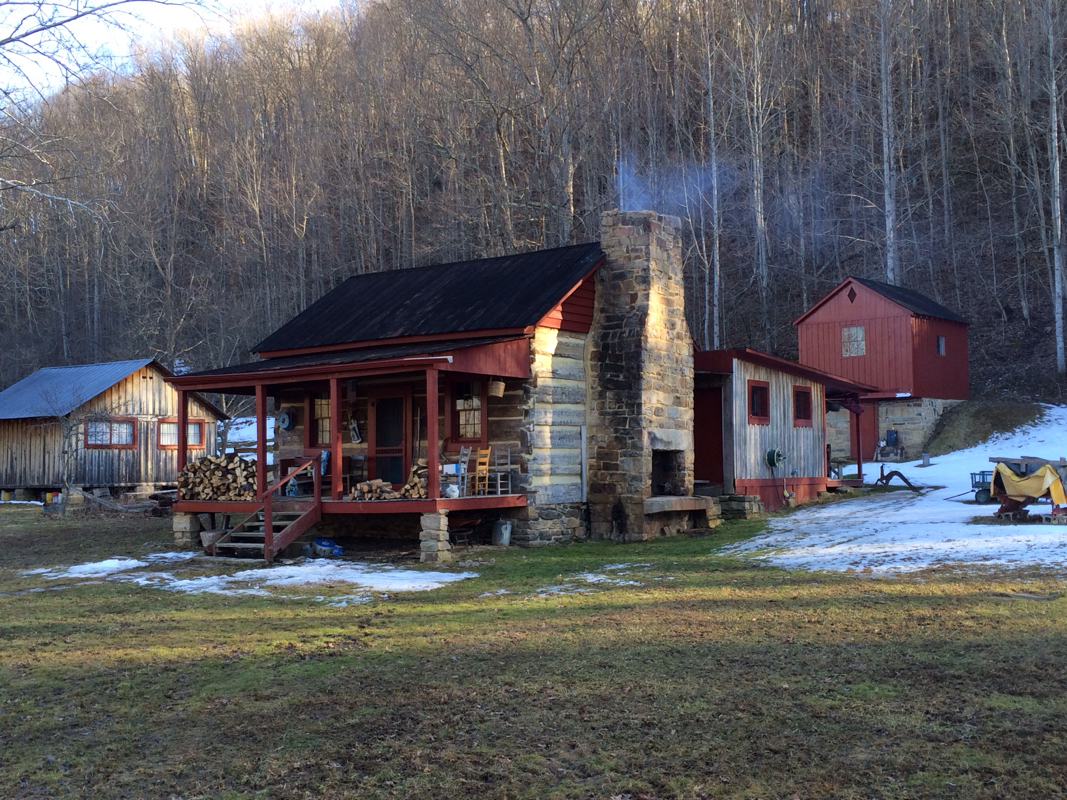 Jim Costa's cabin near Talcott, West Virginia. "Jimmy World," as his friend likes to call the property, has a store building that he saved from destruction, a wood shop, a blacksmith shop, and a large garage/ barn, that are pretty full to the brim with amazing antique instruments, tools, furniture, and machinery. 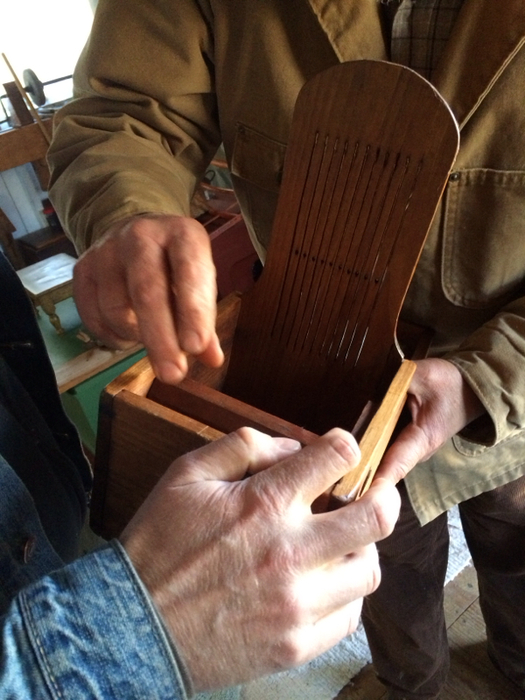 A box (or tape loom). This little rigid heddle loom was attached to a box that provided half of the tension of a loom. The threads that were not woven would be wrapped around the bar in the box (warp beam) and go through the little holes and slots in the tall piece (rigid heddle). On the other side of the rigid heddle, the weft passes over and under threads to form a woven band or tape. That end needs to be fastened to something (a bed post, a tree, the person weaving) to create tension that holds everything in place. 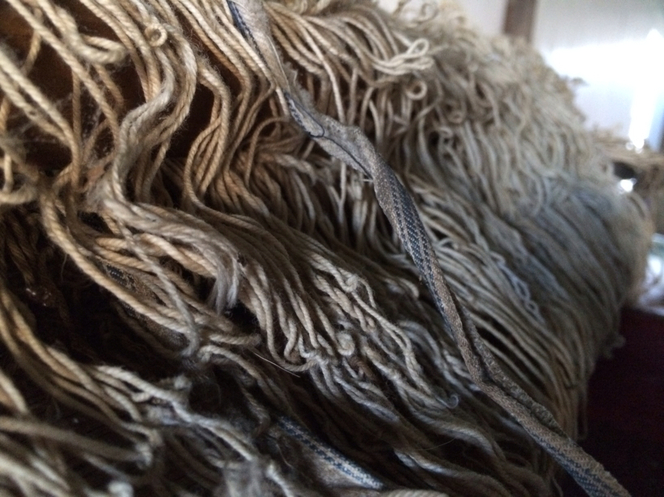 String heddles. Heddles on modern looms are usually metal, but string was common on older looms when metal was more valuable. Each string would be tied to have a loop in the middle where the long warp threads would go through. The heddles are connected to frames that lift up (or push down) so that the weft yarn can pass over and under warp yarns easily. 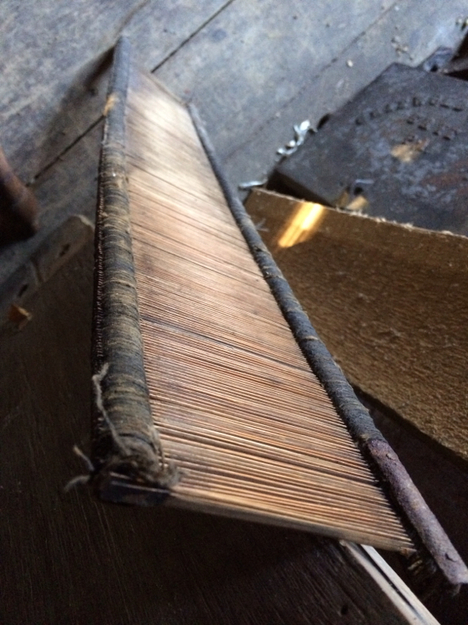 A reed made from actual grass reeds. They sit in between two pieces of wood that are split down the middle. The reeds stay in place with string, that was sometimes dipped in tar to keep it from unraveling. The closer the individual reeds are to each other, the denser the weaving. Some of Jim's reeds measured in at 80 dent (spaces) per inch (compare that to the 10 dent reed I have!). Of course, you can always double or triple up or skip dents in order to get the density you want.
1 Comment
A friend gave me a table-top loom she found while moving. I had never used a table-top loom before, but it's basically the same as any other loom I've used. There were a couple of pieces missing that I had to replace to make it functional, as I expect with most used looms. Once I had it all fixed up, I decided I might as well put something simple on it to try to weave just for experimenting's sake. 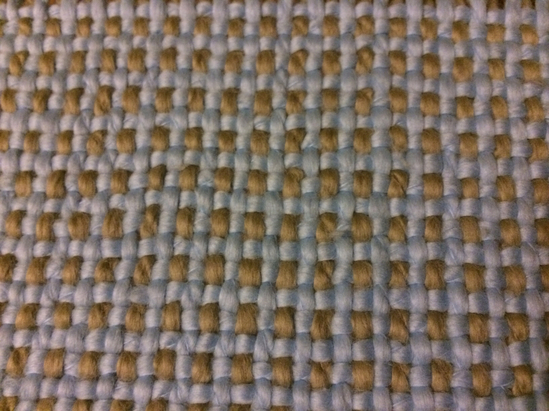 This loom only had two harnesses, which means that only a simple plain weave (or tuskaft as they call it in Swedish) can be accomplished. Here the warp threads are alternating blue and brown, and the weft is blue. When the pattern is a plain weave, it means that (in this case) the blue weft goes over all the blue warp threads and under all the brown warp threads when one harness is up, and the reverse when the other harness is up. |
Come in, the stacks are open.Away from prying eyes, damaging light, and pilfering hands, the most special collections are kept in closed stacks. You need an appointment to view the objects, letters, and books that open a door to the past. Archives
April 2023
Categories
All
|
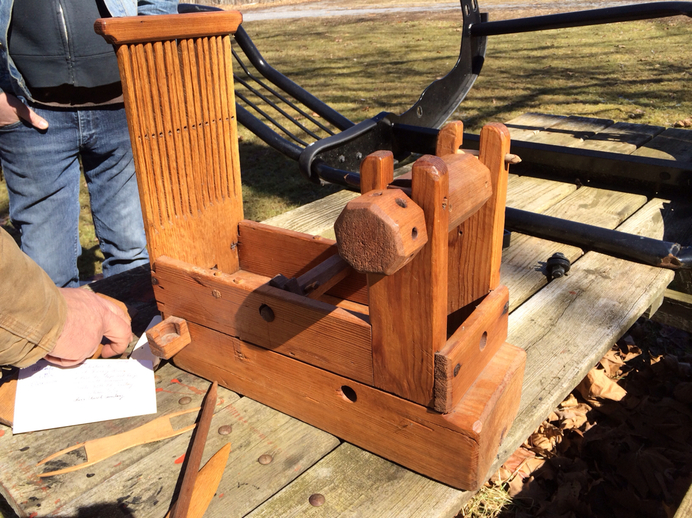
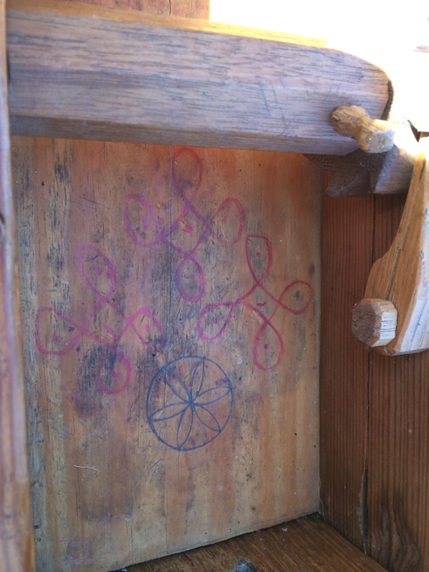
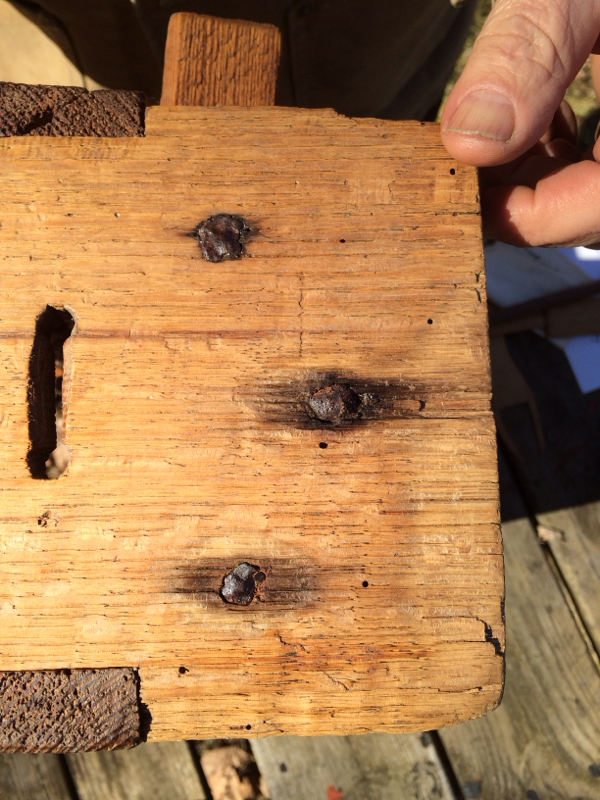
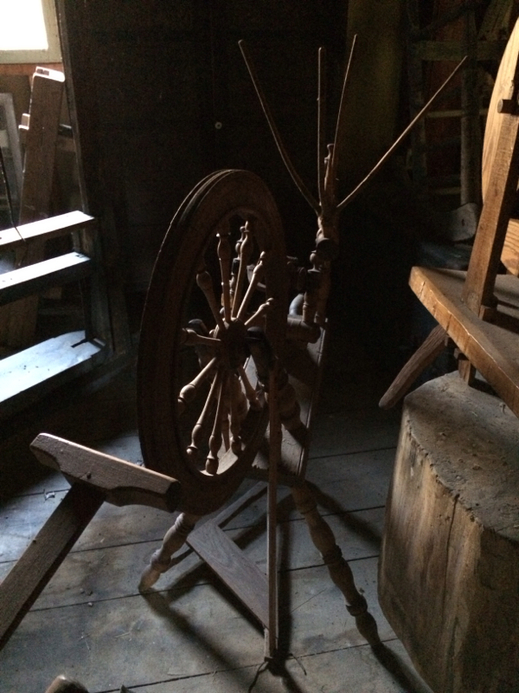
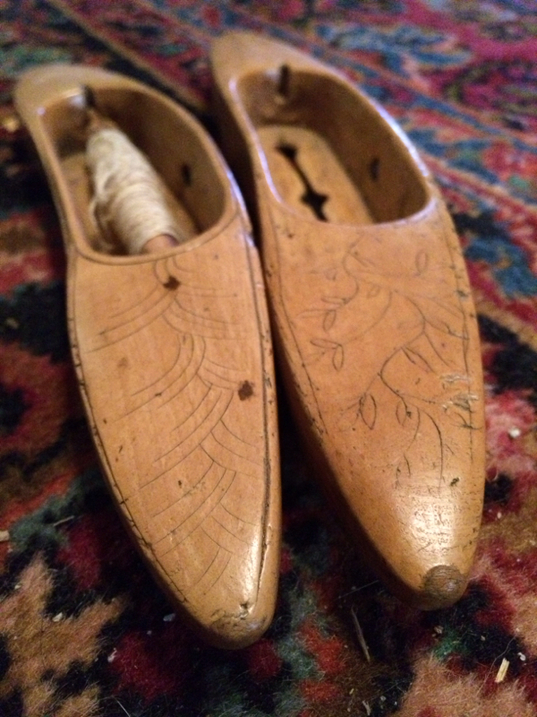
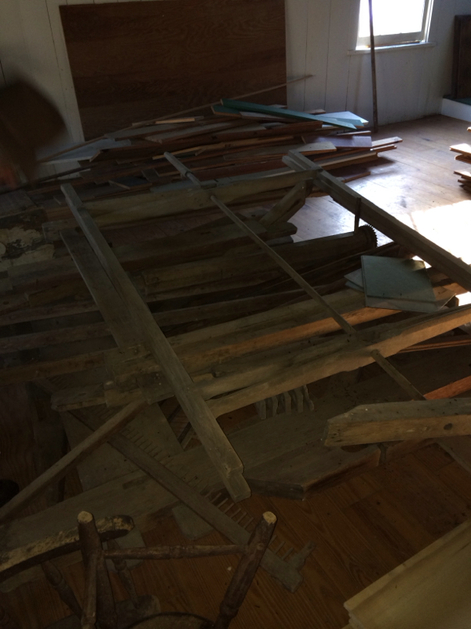



 RSS Feed
RSS Feed